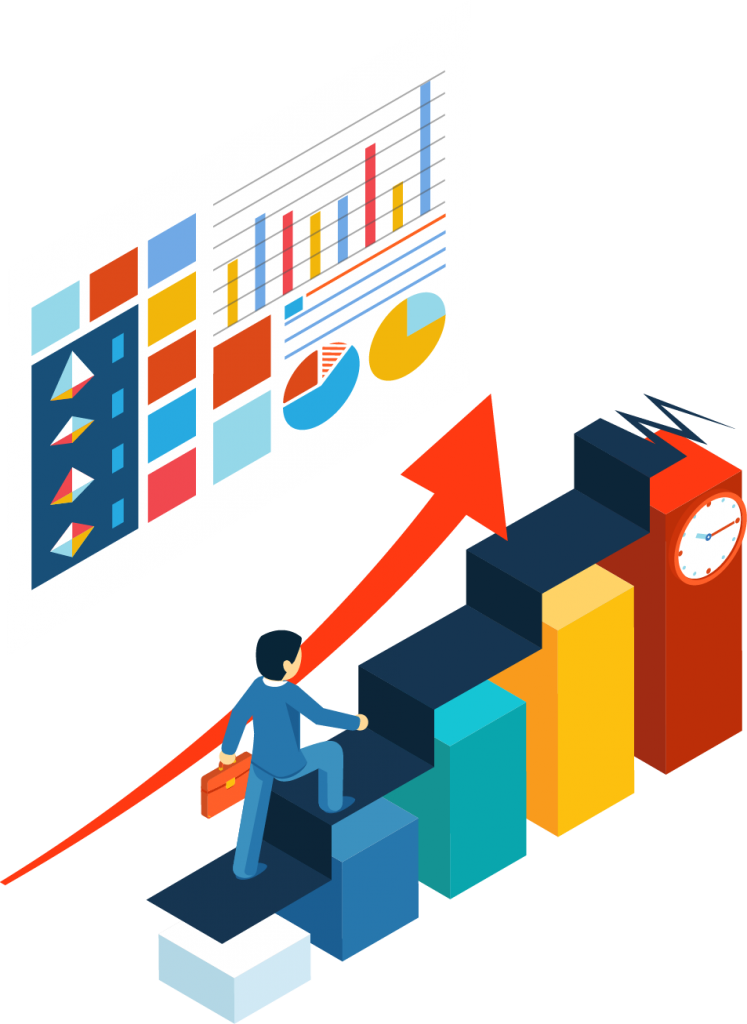Ecosystem for Socio-Economic Development
The development of this economy provides foundations for economic growth, strengthening social cohesion and reducing gaps among the population. The foundation of the ecosystem for socio-economic development is the recognition of the need to balance the totality of economic, social, community and environmental impacts in the locality, while rounding up many stakeholders among the organizations, who are key partners in the development of the locality in general, and the ecosystem in particular. This ecosystem provides the conceptual and practical platform for managing Arab local authorities with a systemic approach while promoting programs and activities aimed at the development of the economy, society, community, and the environment.
It should be emphasised that the local authority functions as an economic body required to develop the local economy and maintain institutional and local economic stability to achieve local economic growth and provide quality services to residents.
Identifying the need:
At a preliminary stage, it is recommended to raise questions about the need for a process within the authority.
- Does the locality have the potential for urban economic development?
- Are there any economic development plans in the local authority or town?
- Are there plans for social, community and environmental development alongside economic development?
- Does the local authority offer a process or services for the quality of life of residents?
- Is there a mechanism or infrastructure that connects the local authority to potential development factors as well as social and community aspects?
- Were there attempts to develop the economy in the town?
- Is there a professional or a department specializing in economic development in the locality?

Project Description:
Ingaz Center offers an approach that leads the ecosystem to generate maps, plans and projects for the development of the economy in the locality, by building an infrastructure that includes the information and tools that are essential for the development of the economy in various aspects.
Mapping the existing condition
- Pre-existing condition analysis (snapshot)
- Mapping the properties of the town
- Mapping resources
- Selecting relevant partners
- Defining existing situation and desirable situation
Decision-making
- Defining a targeted project
- Selecting partners
- Division of roles among partners
- Setting clear goals
Building a strategy
- Pooling existing knowledge
- Building project portfolios
- Building a one or two-year work plan
- Entrepreneur attending track
- Forming a steering committee
- Setting milestones
- New division of roles (in case there is a change)
Ongoing work
- Marketing
- Getting to know the relevant factors
- Providing detailed information
- Monthly meetings of the steering committee
- Quarterly meetings with the mayor and authority officials
- Round tables
- Weekly follow-up
What you get at the end of the process:
General mapping of the current status of the economic development in the locality
Implementation of educational-economic-social programs for developing the economy
Project portfolios for economic development combined with social, community and environmental aspects
A strong foundation for the establishment of a body for the development of the economy in the locality (unit, economic company, etc.).
